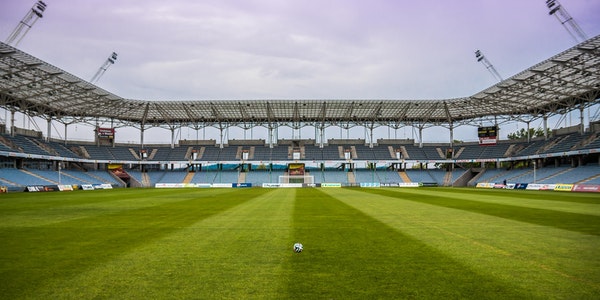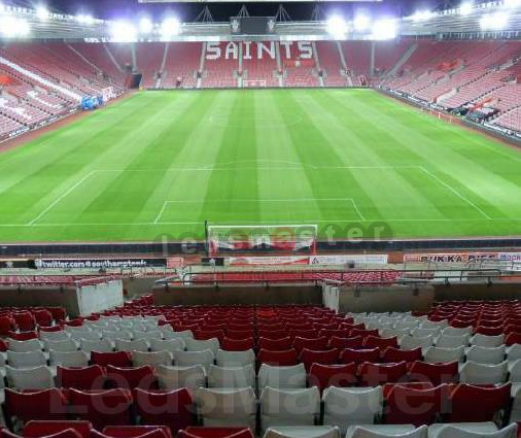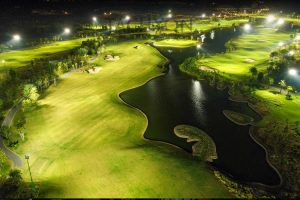I. Introduction
A. Importance of lighting in sports venues
Lighting in sports venues is a critical component that impacts various aspects of the sporting experience, from player performance to spectator enjoyment and broadcasting quality. Here’s an expanded look at the importance of lighting in sports venues:
- Enhancing Player Performance
Visibility and Safety: Proper lighting ensures that players can see the ball, other players, and the field clearly, reducing the risk of accidents and injuries.
Focus and Concentration: Adequate lighting helps maintain players’ focus and concentration, particularly in fast-paced sports where quick reflexes are essential.
- Improving Spectator Experience
Visual Clarity: Good lighting provides spectators with a clear view of the action, enhancing their overall experience and enjoyment of the event.
Atmosphere and Ambiance: Lighting can be used to create an exciting and immersive atmosphere, with effects like dynamic lighting for player introductions and special events.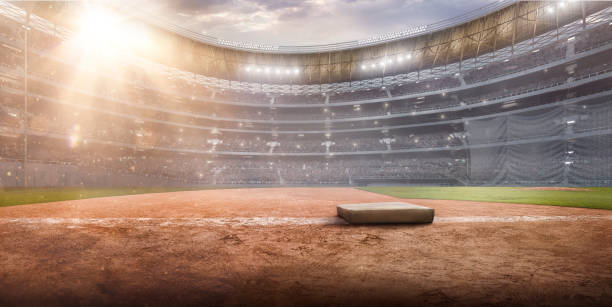
- Enhancing Broadcast Quality
High-Definition Broadcasting: Proper lighting is crucial for high-definition TV broadcasts, ensuring that the action is clearly visible to viewers at home.
Slow-Motion and Instant Replays: Adequate lighting is necessary for capturing detailed slow-motion and instant replays, which are essential for analyzing critical moments in the game.
- Versatility and Adaptability
Multi-purpose Use: Modern sports venues often host a variety of events, from sports matches to concerts and other entertainment activities. Flexible lighting systems can be adapted to suit different types of events.
Customizable Scenes: Advanced lighting systems allow for the creation of customized lighting scenes that can enhance different segments of an event, from pre-game shows to halftime performances.
- Energy Efficiency and Cost Savings
Reduced Energy Consumption: Efficient lighting systems, particularly LED lights, consume less energy, resulting in significant cost savings for venue operators.
Long-term Maintenance: Modern lighting systems require less maintenance and have longer lifespans compared to traditional lighting, further reducing operational costs.
- Environmental Impact
Sustainability: Energy-efficient lighting reduces the carbon footprint of sports venues, contributing to environmental sustainability efforts.
Regulatory Compliance: Many regions have regulations and standards for energy consumption and environmental impact, and advanced lighting systems help venues comply with these requirements.
- Enhancing Security and Safety
Illumination of Pathways and Exits: Proper lighting ensures that pathways, exits, and parking areas are well-lit, enhancing safety for spectators and staff.
Emergency Situations: In case of emergencies, good lighting is essential for guiding spectators to exits and ensuring a safe and orderly evacuation.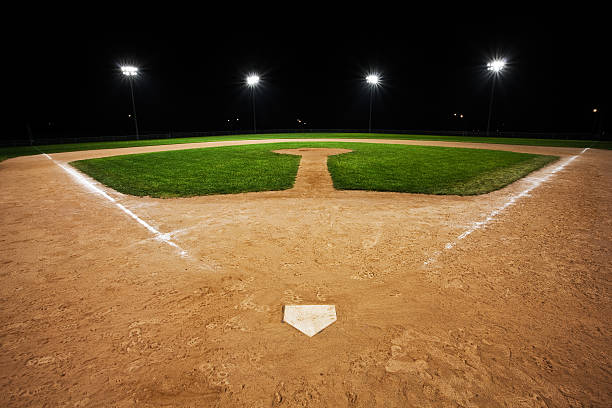
- Technological Integration
Smart Lighting Systems: Modern lighting systems can be integrated with other stadium technologies, such as audio-visual systems and IoT devices, to create a cohesive and technologically advanced venue.
Remote Control and Automation: Advanced lighting systems offer remote control and automation capabilities, allowing venue operators to manage lighting settings efficiently and effectively.
In summary, lighting plays a fundamental role in the functionality, safety, and overall experience of sports venues. Investing in modern, efficient lighting systems is crucial for enhancing the performance of athletes, the enjoyment of spectators, and the operational efficiency of the venue.
B. Overview of traditional lighting systems
Traditional lighting systems have been the backbone of sports venues for decades. These systems, while effective in their time, have several limitations compared to modern LED technologies. Here’s an overview of the most commonly used traditional lighting systems:
- Types of Traditional Lighting Systems
- Metal Halide Lamps
Description: Metal halide lamps are high-intensity discharge (HID) lamps that produce light by passing an electric arc through a mixture of gases, including mercury and metal halides.
Characteristics:
Brightness: High light output, suitable for large areas like sports fields and stadiums.
Color Temperature: Generally produce a white light with good color rendering.
Warm-Up Time: Require a warm-up period of several minutes to reach full brightness.
Lifespan: Moderate lifespan, typically around 6,000 to 15,000 hours.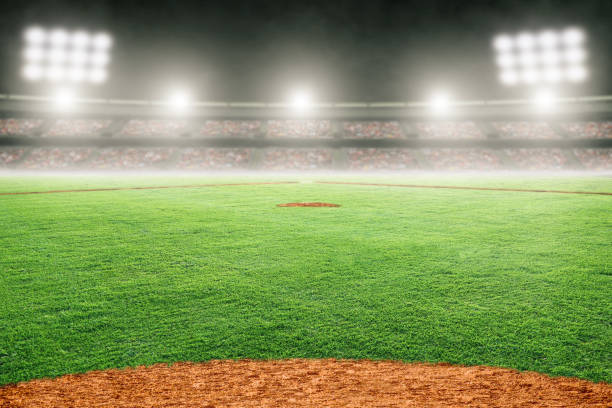
- High-Pressure Sodium (HPS) Lamps
Description: HPS lamps are another type of HID lamp that produces light through an electric arc passing through sodium vapor.
Characteristics:
Brightness: High light output but lower than metal halide lamps.
Color Temperature: Produce a yellow-orange light, which can distort colors.
Warm-Up Time: Similar to metal halide lamps, they require a warm-up period.
Lifespan: Longer lifespan than metal halide lamps, typically around 12,000 to 24,000 hours.
- Fluorescent Lamps
Description: Fluorescent lamps generate light by passing an electric current through a gas, causing it to emit ultraviolet light that excites a phosphor coating inside the lamp.
Characteristics:
Brightness: Lower light output, generally not suitable for large outdoor venues.
Color Temperature: Available in a range of color temperatures, from warm to cool white.
Warm-Up Time: Quick start-up compared to HID lamps.
Lifespan: Moderate lifespan, typically around 7,000 to 15,000 hours.
- Limitations of Traditional Lighting Systems
- Energy Inefficiency
High Power Consumption: Traditional lighting systems consume a significant amount of energy, leading to higher utility costs for sports venues.
Heat Generation: They generate a lot of heat, which can affect the performance and comfort of players and spectators.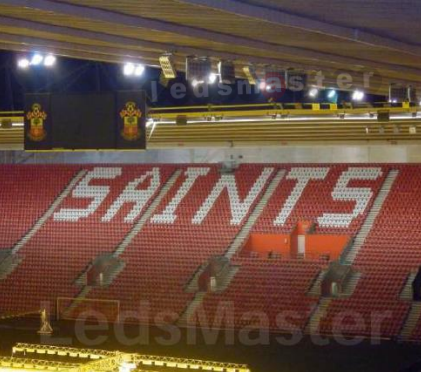
- Maintenance Requirements
Frequent Replacement: Traditional lamps have shorter lifespans, requiring frequent replacements and resulting in higher maintenance costs.
Long Warm-Up Times: The time needed to reach full brightness can be inconvenient, especially during events requiring quick lighting changes.
- Poor Environmental Impact
Hazardous Materials: Many traditional lamps contain hazardous materials like mercury, posing environmental and health risks if not disposed of properly.
Higher Carbon Footprint: The energy inefficiency of traditional lighting contributes to a larger carbon footprint compared to modern lighting solutions.
- Inconsistent Light Quality
Color Rendering Issues: Some traditional lamps, especially HPS lamps, have poor color rendering, which can affect the visibility and overall experience.
Flickering: Traditional lamps may flicker, causing distractions for players and spectators and problems for high-speed cameras used in broadcasts.
III. Technological Advancements
Despite their limitations, traditional lighting systems laid the groundwork for advancements in lighting technology. The shift to LED lighting in sports venues has addressed many of the drawbacks associated with traditional systems, offering improved energy efficiency, better light quality, longer lifespans, and reduced environmental impact.
While traditional lighting systems played a crucial role in the development of sports venues, they have significant limitations in terms of energy efficiency, maintenance, environmental impact, and light quality. The transition to LED lighting represents a major advancement, offering numerous benefits and setting the stage for the next frontier in sports venue design.
C. Introduction to LED technology in stadium lighting
LED (Light Emitting Diode) technology has revolutionized the way stadiums and sports venues are illuminated. This advancement marks a significant shift from traditional lighting systems, offering numerous advantages that enhance the overall experience for players, spectators, and venue operators. Here’s an introduction to LED technology in stadium lighting:
- Understanding LED Technology
What is LED?: An LED is a semiconductor device that emits light when an electric current passes through it. Unlike traditional lighting, which relies on heating a filament or gas, LEDs generate light through electroluminescence, making them more efficient and durable.
Components: LEDs consist of a semiconductor material, typically made of gallium, arsenic, or phosphorous, which determines the color of the light emitted. They also include a lens that helps direct the light.
- Key Advantages of LED Stadium Lighting
- Energy Efficiency
Lower Energy Consumption: LEDs use significantly less energy compared to traditional lighting systems like metal halide or high-pressure sodium lamps. This reduction in energy consumption translates to lower utility costs for stadium operators.
Higher Lumens per Watt: LEDs provide more light output (lumens) per unit of power consumed (watt), making them much more efficient.
- Superior Light Quality
Enhanced Visibility: LEDs offer excellent color rendering (CRI), which means colors appear more natural and vibrant. This is crucial for both players and spectators to see the action clearly.
Flicker-Free: LED lights provide a steady and flicker-free illumination, which is essential for high-speed cameras used in broadcasting sports events.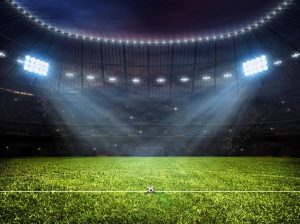
- Durability and Longevity
Longer Lifespan: LEDs have a much longer operational life compared to traditional bulbs, often lasting up to 50,000 hours or more. This reduces the frequency and cost of replacements.
Robust Construction: LEDs are more resistant to shocks, vibrations, and external impacts, making them ideal for the demanding environments of sports venues.
- Environmental Benefits
Reduced Carbon Footprint: Due to their energy efficiency, LEDs contribute to lower greenhouse gas emissions. This supports the sustainability goals of many modern stadiums.
Non-Toxic Materials: Unlike some traditional lighting options, LEDs do not contain hazardous materials such as mercury, making them safer for the environment and easier to dispose of.
- Technological Innovations in LED Stadium Lighting
- Smart Lighting Systems
Integration with IoT: Modern LED systems can be integrated with the Internet of Things (IoT), allowing for advanced control and automation. This includes the ability to adjust lighting levels based on real-time conditions and event requirements.
Remote Control and Customization: LED lighting systems can be remotely controlled and customized to create dynamic lighting effects, enhancing the overall atmosphere of the venue.
- High-Quality Light Output
Color Temperature and Tunability: LEDs can be tuned to different color temperatures, providing either warm or cool light, depending on the desired ambiance. This tunability can be used to create different moods for various events.
Directional Lighting: LEDs offer precise directional lighting, reducing light spill and ensuring that illumination is focused exactly where it is needed.
- Implementation in Modern Stadiums
Case Studies: Several iconic stadiums around the world have adopted LED lighting, showcasing the technology’s ability to enhance the experience for players, fans, and broadcasters. Examples include AT&T Stadium in Texas and Allianz Arena in Munich.
Operational Benefits: Venue operators report significant improvements in operational efficiency, reduced energy costs, and positive feedback from both players and spectators.
LED technology in stadium lighting represents the next frontier in sports venue design. Its numerous advantages over traditional lighting systems make it the ideal choice for modern stadiums seeking to improve energy efficiency, light quality, and overall operational performance. As LED technology continues to advance, its adoption in sports venues is expected to grow, setting new standards for the industry.
II. Benefits of LED Stadium Lighting
A. Energy Efficiency
1. Reduced energy consumption
One of the most significant benefits of LED (Light Emitting Diode) technology in stadium lighting is its ability to drastically reduce energy consumption. This reduction not only leads to lower operational costs but also contributes to environmental sustainability. Here’s a detailed look at how LED stadium lighting achieves reduced energy consumption:
- Higher Efficiency and Lower Power Consumption
- Lumens per Watt
Efficiency: LEDs produce more light (measured in lumens) per unit of electrical power (measured in watts) compared to traditional lighting systems. This means that less energy is required to achieve the same level of brightness.
Comparison: While traditional metal halide lamps might produce about 70-100 lumens per watt, modern LEDs can achieve 100-150 lumens per watt or even higher, significantly reducing the amount of energy needed for the same illumination.
- Direct Illumination
Focused Lighting: LEDs provide more directed and focused lighting, which minimizes light spill and ensures that the light is concentrated where it is needed. This precision reduces wasted energy that would otherwise be used to illuminate unintended areas.
Reflectors and Lenses: Advanced optics in LED fixtures, such as reflectors and lenses, help in directing the light precisely, enhancing efficiency and reducing the number of fixtures needed.
- Adaptive and Smart Lighting Systems
- Dynamic Control
Dimming Capabilities: LED systems can be easily dimmed without affecting their efficiency. This allows for the adjustment of light levels based on the specific requirements of different events, further conserving energy.
Real-Time Adjustments: Integration with smart control systems enables real-time adjustments to lighting based on occupancy, daylight availability, or specific event needs. For instance, during a concert, lights can be dimmed in less critical areas, saving energy.
- Scheduling and Automation
Automated Schedules: LED systems can be programmed to operate according to schedules, ensuring that lights are only on when needed. This automation prevents unnecessary energy usage when the stadium is not in use.
Motion Sensors: Incorporating motion sensors can help in reducing energy consumption by ensuring lights are only active in areas where movement is detected, such as corridors and less frequently used zones.
(To Be Continued)

